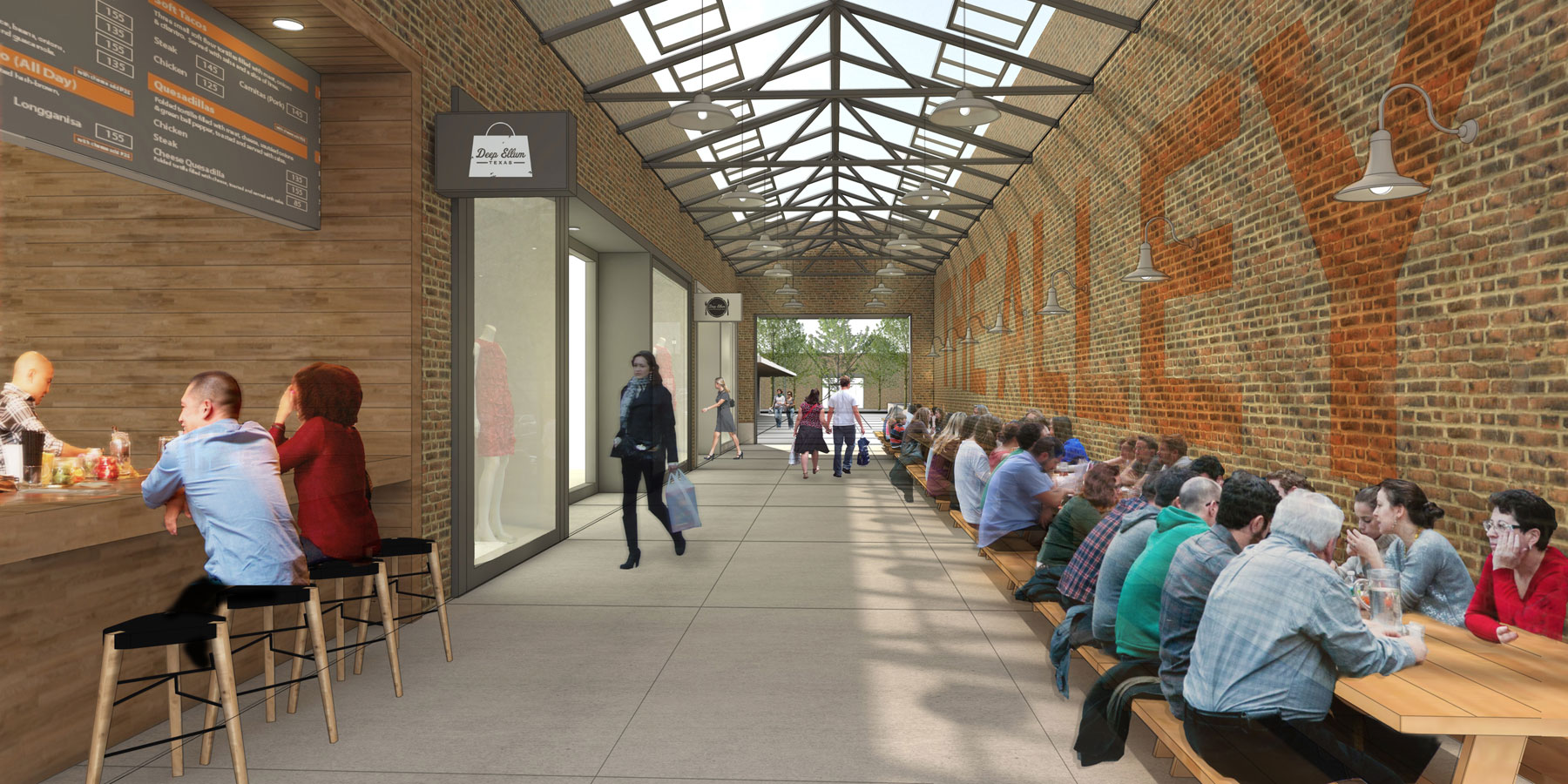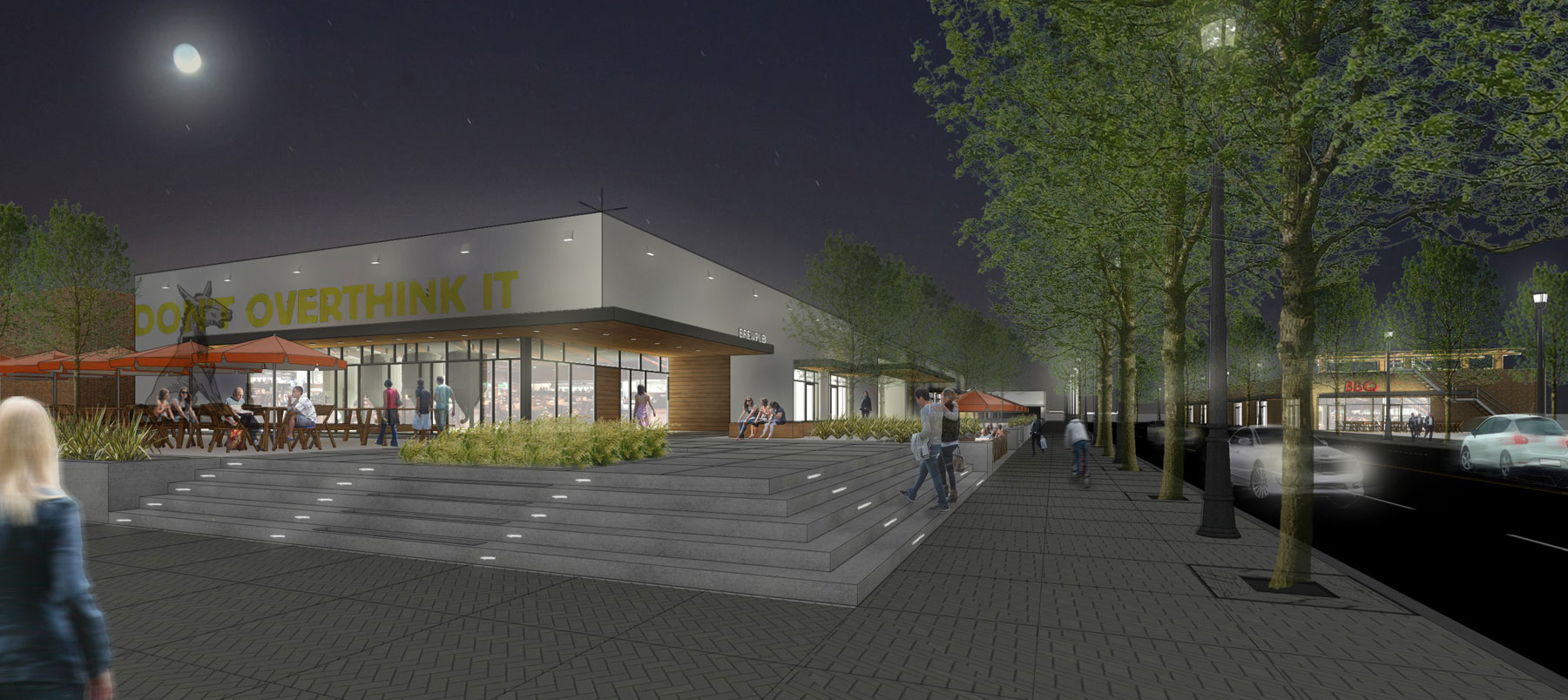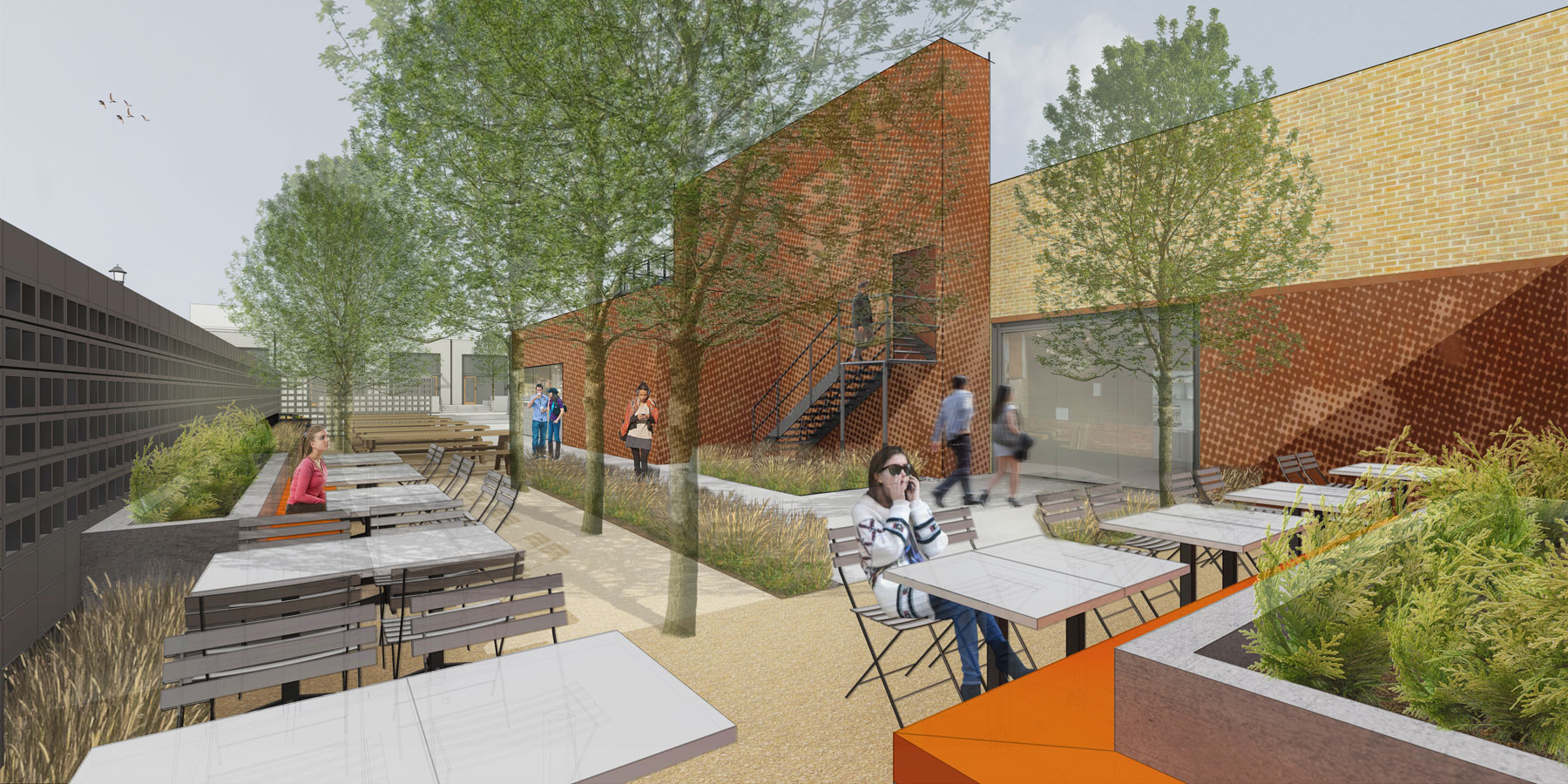Sometimes simple ideas are the best ones. It’s not a path that Dallas often follows. But there are some developers who are beginning to see that maybe the best way to make Dallas a great city is by tweaking what we already have. That’s why it was encouraging—a relief, honestly—to see what developer Scott Rohrman has in the works in Deep Ellum. His company, 42 Real Estate, has bought up 27 buildings and 13 parking lots in the area, and now it has unveiled plans that will transform the look and feel of Deep Ellum not by building something new, but by stripping parts of it away.

Other aspects of the plan address Deep Ellum’s present-day design quirks. Some storefronts are set back awkwardly from Main, cut off by a thin parking lot. 42 Real Estate will transform that area into a public plaza, with outdoor seating and improved landscaping, creating an entryway to the neighborhood, while reconnecting the storefronts to the street. There is also a design for an urban courtyard that will take over a portion of a parking lot that creates a gap between the storefronts.

Unlike a 2007 plan for Deep Ellum that never came to fruition (thankfully), Rohrman’s plan doesn’t call for razing buildings and putting up new apartments. Instead it will restore and repurpose the area’s simple and elegant 100-year-old brick storefronts into spaces for retail, restaurants, and other services. Promoting mixed uses is key. It will help stir activity throughout the day and ensure that Deep Ellum becomes an actual neighborhood and not merely an entertainment district. Design is key, too. The 42 Real Estate plan lays out rigid restrictions—from signage types to storefront materials to vegetation—that will ensure a coherent look and feel, as well as consistent quality. Rohrman’s plans might go a little overboard on the architectural bling—awnings and porches—that lend the vision presented in the renderings a kind of sterilized, overly precious aesthetic. But these are acceptable trade-offs for a plan that respects the history and architecture of a neighborhood that might have its best days ahead of it.







